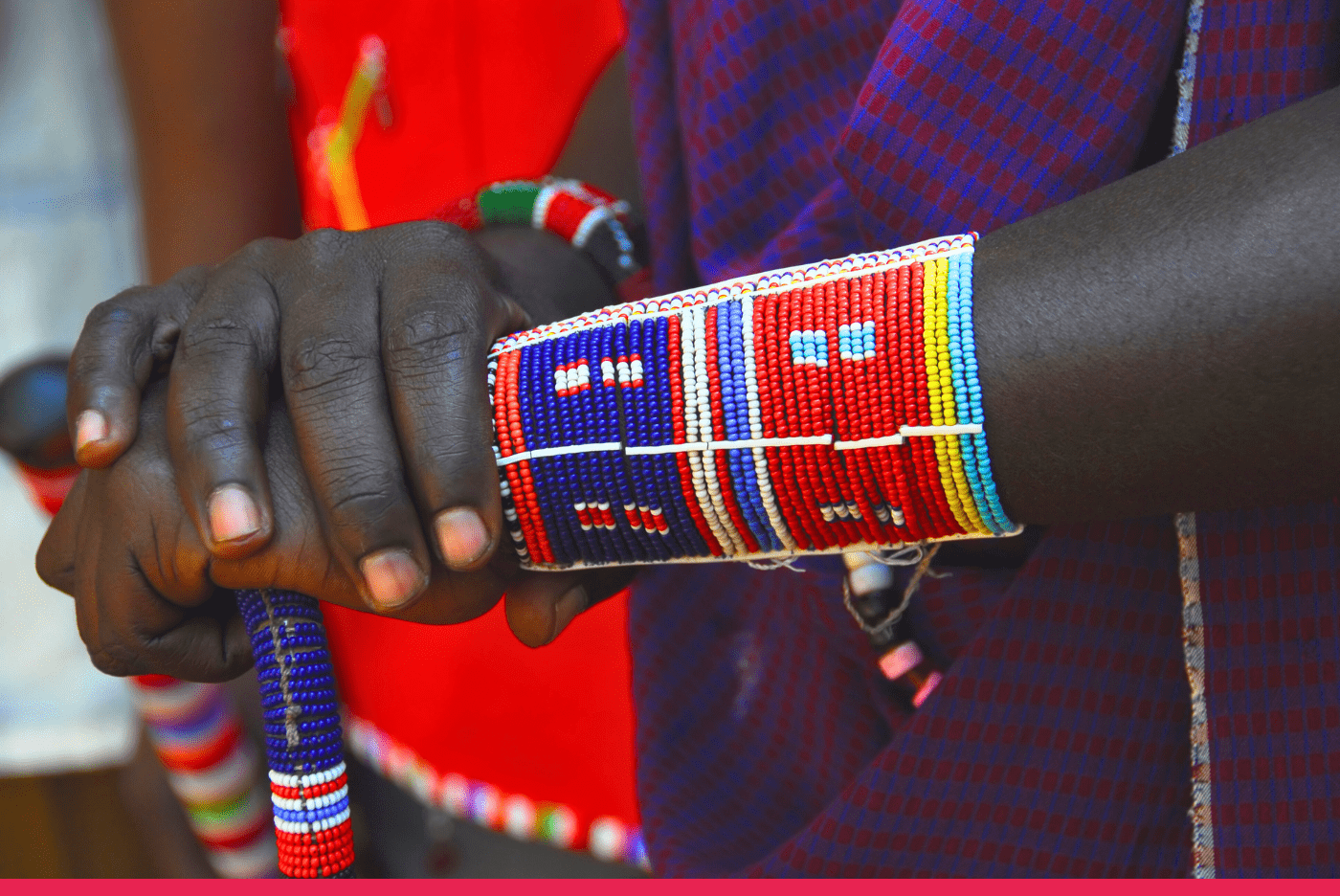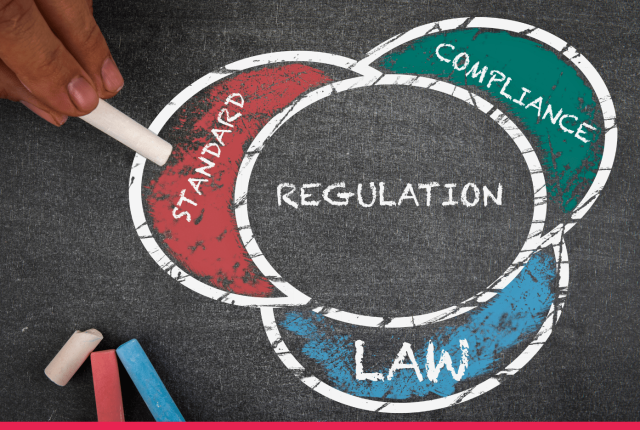
The “S” in ESG: Empowering Communities and Creating Social Value through Infrastructure
Africa’s infrastructure boom is reshaping the continent, with a $170 billion annual need fueling roads, ports, and power plants (AfDB). But beyond concrete and steel, the true measure of success lies in the “S” of Environmental, Social, and Governance (ESG): social impact. Well-planned infrastructure can transform lives by improving access to healthcare, education, and water, creating jobs, and empowering marginalized communities. Yet, without community engagement, fair compensation, and respect for human rights, projects risk alienating the very people they aim to serve. The Lamu Port-South Sudan-Ethiopia Transport (LAPSSET) Corridor offers a powerful case study, showcasing initiatives like scholarships and skills training. This blog post explores how infrastructure drives social inclusion, addresses community pain points, and provides actionable advice for investors, policymakers, and businesses to create lasting social value in Africa.
The Social Promise of Infrastructure
Infrastructure is more than connectivity—it’s a lifeline. In Africa, where 600 million lack electricity and 30% lack clean water (UN), projects can bridge these gaps, boosting quality of life. The World Bank estimates that every $1 billion in infrastructure creates 100,000 jobs, directly tackling unemployment—Africa’s youth jobless rate is 13% (ILO). By prioritizing social impact, infrastructure aligns with ESG principles, attracting $2.4 trillion in global sustainable investment (UN) while fostering community development and empowerment.
How Infrastructure Creates Social Value
Improving Access to Essential Services
Infrastructure unlocks access to critical services:
- Healthcare: Nigeria’s Lagos-Ibadan Railway cut travel time by 70%, linking rural clinics to urban hospitals.
- Education: Kenya’s Isiolo-Moyale road, part of LAPSSET, halved school commute times, boosting attendance by 20% (UNDP, 2022).
- Water and Sanitation: Rwanda’s Kigali Bulk Water Project, a $60 million PPP, supplies 40% of the city’s water, reducing disease by 15% (IFC).
These gains empower communities, especially women and children, who bear the brunt of service gaps.
Job Creation and Economic Empowerment
Infrastructure is a jobs engine. LAPSSET could generate 1.2 million roles by 2030 (Vision 2030), with 70% of Lamu Port jobs already local (LCDA, 2022). SMEs benefit too—40% of LAPSSET contracts go to Kenyan firms (AGPO), injecting millions into local economies.
- Example: Ghana’s Tema Port expansion employed 3,000 locals, with 80% from nearby communities, lifting household incomes by 25% (AfDB).
Empowering Marginalized Communities
Social inclusion ensures no one is left behind. Infrastructure projects targeting marginalized groups—women, youth, indigenous peoples—foster equity. Ethiopia’s Hawassa Industrial Park, linked to LAPSSET routes, employs 60,000, with 90% women, transforming gender dynamics (UNIDO).
The Pillars of Socially Responsible Infrastructure
Community Engagement
Meaningful consultation prevents conflict. IFC Performance Standard 7 (Indigenous Peoples) mandates early stakeholder engagement. Ghana’s Tema Port held 50+ community forums, securing 80% local approval (AfDB). Without this, projects like Kenya’s Standard Gauge Railway faced protests over land disputes.
- Solution: Regular town halls and grievance mechanisms, as LAPSSET’s Lamu forums show, build trust.
Fair Compensation and Resettlement
Displacement is a risk—80 million globally may be displaced by infrastructure by 2030 (UNHCR). Fair compensation and robust resettlement plans are non-negotiable. Rwanda’s Kigali water project relocated 200 families with housing and cash, aligning with IFC PS5 (Land Acquisition).
- Solution: Transparent compensation frameworks, audited externally, ensure equity.
Respect for Human Rights
Infrastructure must uphold labor rights, safety, and cultural heritage. The Equator Principles, adopted by 130+ banks, enforce these standards. Morocco’s Noor Solar Complex trained 1,000 workers in safety protocols, reducing accidents by 90% (World Bank).
- Solution: Embed human rights due diligence in contracts, per UN Guiding Principles.
LAPSSET: A Case Study in Social Impact
The $25 billion LAPSSET Corridor, linking Kenya, Ethiopia, and South Sudan, is a flagship of the AU’s Agenda 2063. Its social initiatives showcase ESG’s “S” in action, addressing community needs in marginalized northern Kenya.
Scholarship Programs
LAPSSET’s Education Fund, launched in 2018, offers scholarships to 500 Lamu youth annually, prioritizing girls and low-income families. By 2022, 1,200 students accessed secondary and vocational education (LCDA), boosting literacy by 15% in the region.
- Impact: Empowers youth, breaking poverty cycles—50% of graduates secure LAPSSET jobs.
Skills Training and Job Creation
The LAPSSET Corridor Development Authority (LCDA) trained 500 women and youth in port-related skills, with 70% employed in Lamu Port operations. A $10 million fund supports local SMEs, like Turkana Women’s Cooperative, which won a $500,000 catering contract, growing from 10 to 100 members (UNDP, 2023).
- Impact: Local jobs—2,000 direct roles by 2022—drive economic inclusion.
Community Development Investments
LAPSSET compensates displaced fisherfolk with $5 million in grants and boats, preserving livelihoods. Health clinics along the Isiolo-Moyale road serve 10,000 residents, cutting maternal mortality by 20% (UNICEF).
Despite progress, challenges like delayed payouts and land disputes persist, highlighting the need for stronger execution.
Challenges and Opportunities
Challenges: Engagement Gaps
- Limited Reach: Only 30% of LAPSSET communities feel adequately consulted (Oxfam, 2022).
- Capacity Constraints: Weak local expertise delays social programs—15% of African officials lack PPP training (AfDB).
- Funding Shortfalls: LAPSSET’s 20% funding gap slows social investments (AfDB, 2022).
Opportunities: Scaling Social Value
- Digital Engagement: E-platforms can reach 1 million stakeholders, as Nigeria’s railway forums did.
- Green Jobs: Renewable energy projects, like AfDB’s $750 million bond, create 200,000 jobs.
- Regional Models: AU’s PIDA can replicate LAPSSET’s social initiatives continent-wide.
Actionable Advice for Stakeholders
- Policymakers: Mandate community engagement in PPP laws—model on Ghana’s success.
- Investors: Back ESG-compliant projects with strong social metrics, like LAPSSET’s scholarship fund.
- Businesses: Partner with LCDA for training—SMEs can access 40% of contracts.
- Communities: Join forums to shape projects—your voice ensures inclusion.
FAQ: Social Impact of Infrastructure
Q: How does infrastructure empower communities?
A: By improving services, creating jobs, and including marginalized groups—LAPSSET’s 1,200 scholarships show how.
Q: Why is community engagement critical?
A: It prevents conflicts and builds trust, as Ghana’s port project proved with 80% approval.
Q: What’s the biggest social challenge?
A: Limited consultation—only 30% of LAPSSET locals feel heard (Oxfam).
Conclusion: Infrastructure for All
The “S” in ESG transforms infrastructure into a force for social good, empowering African communities with jobs, services, and inclusion. LAPSSET’s scholarships, training, and investments light the way, despite hurdles. By prioritizing engagement, compensation, and human rights, stakeholders can amplify social value. Investors, policymakers, and businesses—your move matters. Share this post, subscribe for more, or join a community forum today—Africa’s inclusive future starts with us.



Leave a Reply